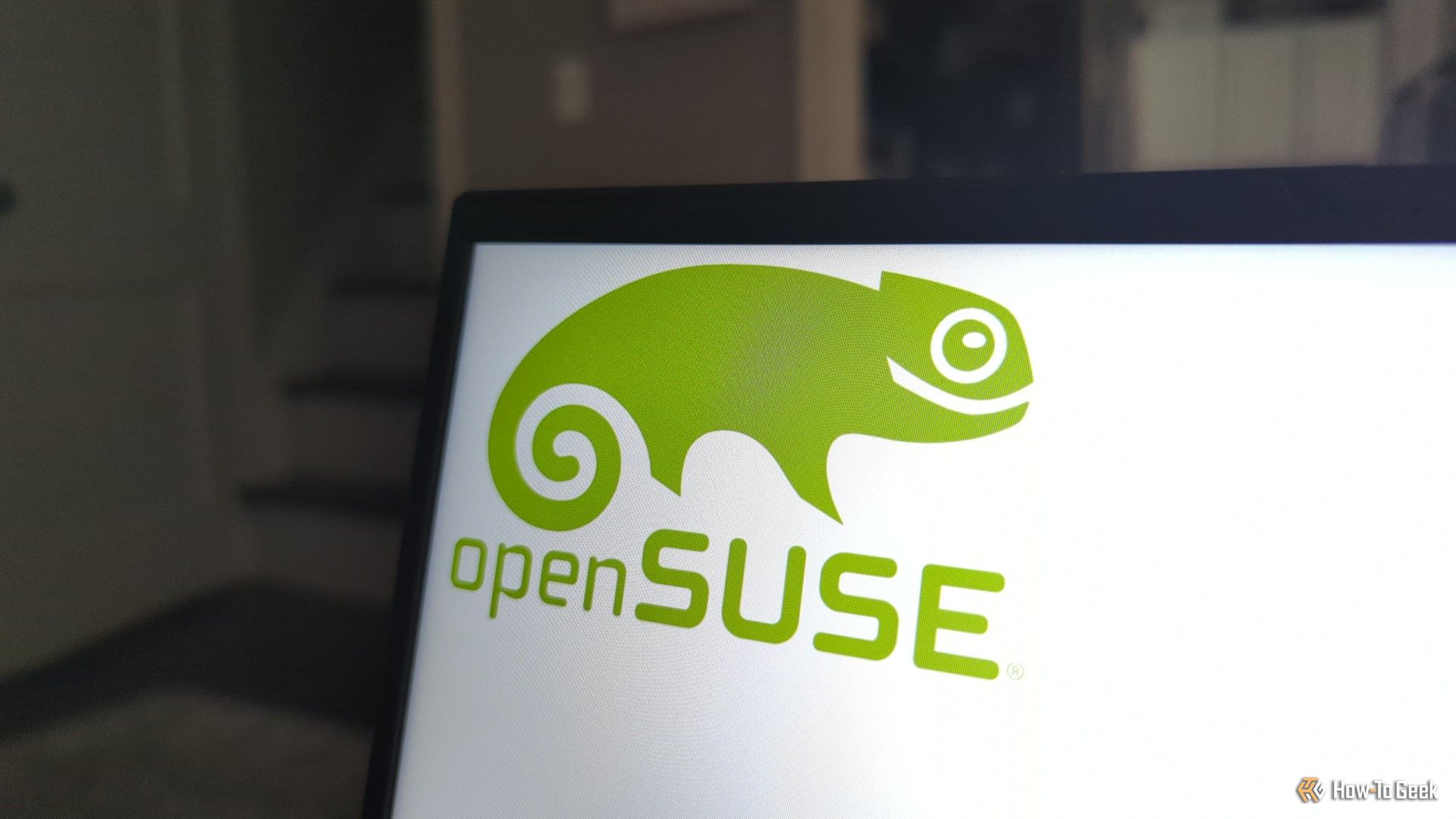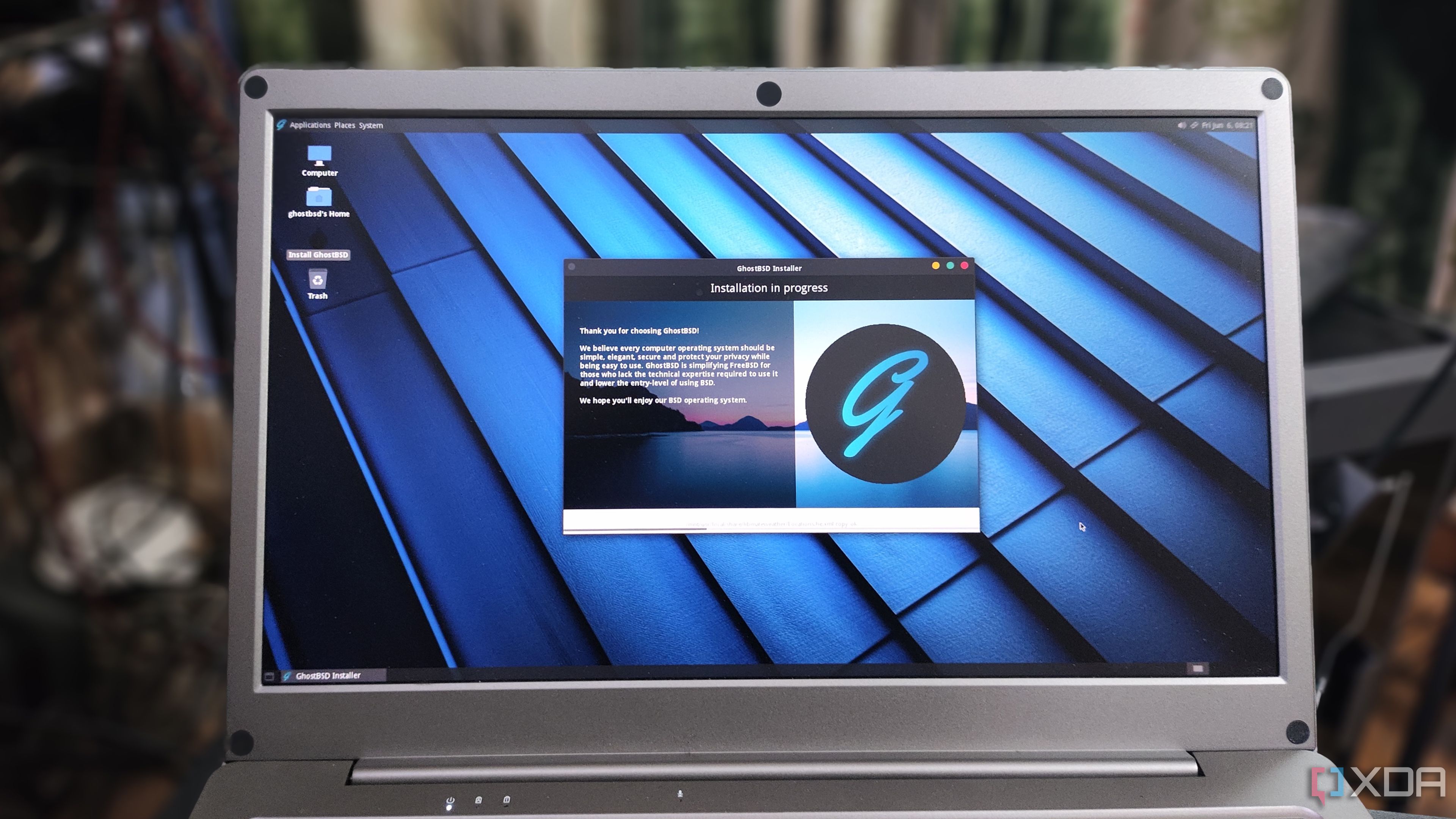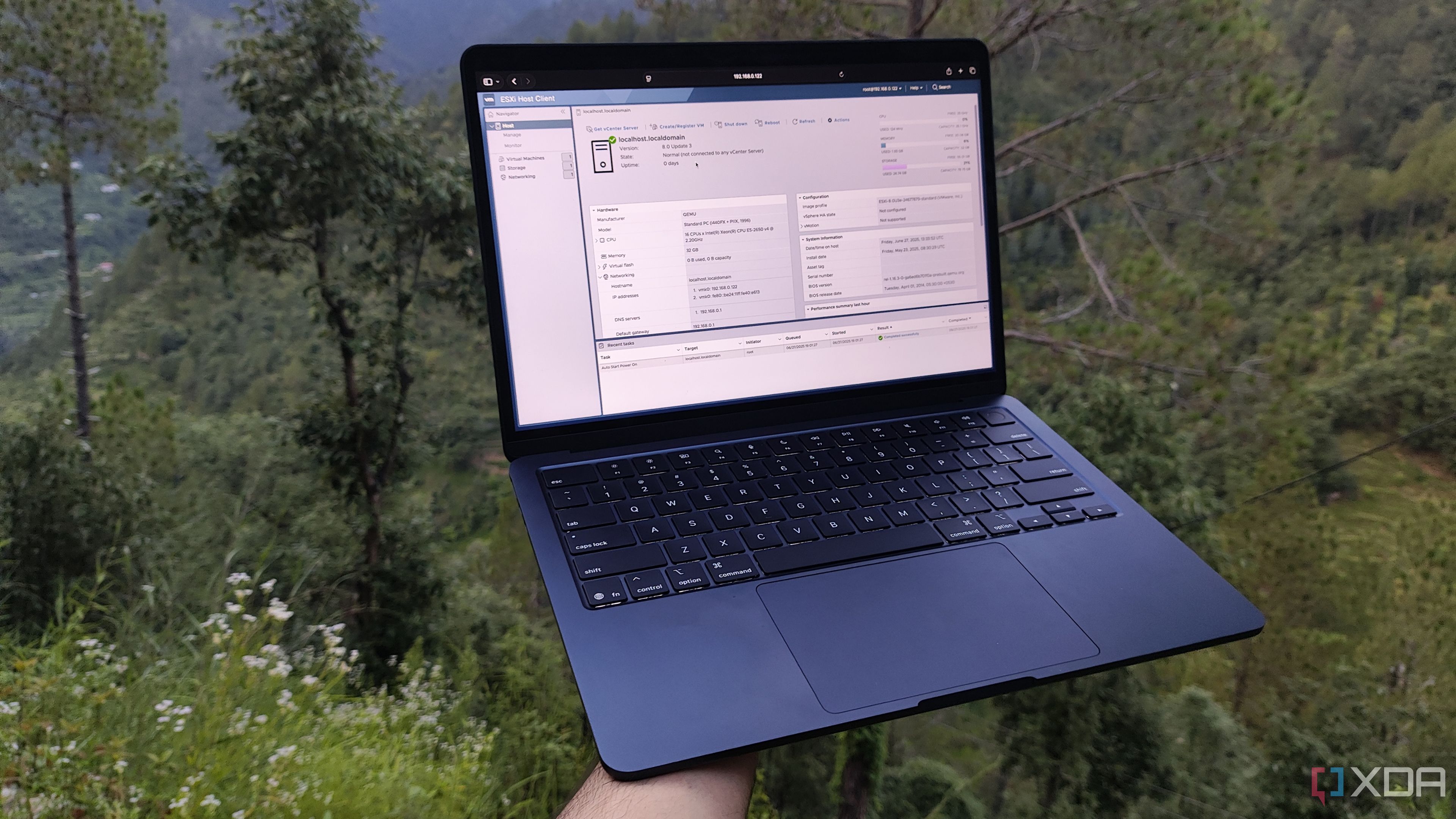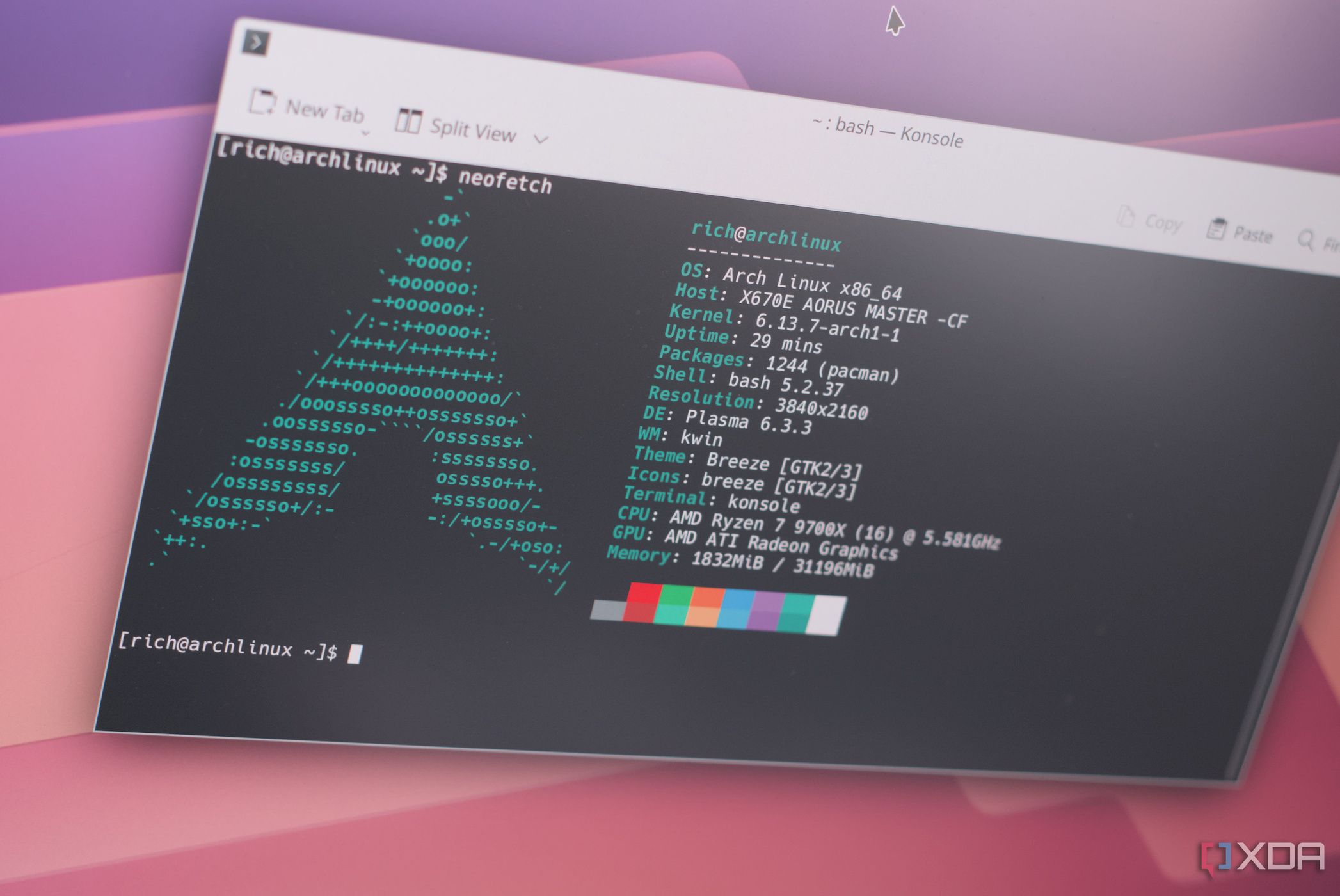Linux
Recent Articles
Sort Options:

Why I'm Hopping Linux Distros to openSUSE This Weekend
The author plans to replace their Garuda Linux installation with openSUSE, exploring this alternative operating system for a fresh experience. This decision reflects a continuous pursuit of the ideal Linux distribution, highlighting the diversity within the Linux community.

4 cool operating systems that have nothing to do with Windows, macOS, or Linux
As casual users often favor Windows or macOS, Linux is increasingly gaining traction, particularly with distributions like Ubuntu and Fedora. On the server side, Linux and virtualization platforms are becoming more prevalent, highlighting their growing importance in technology.

This Linux distro combines the best parts of Windows and MacOS - and it's gorgeous
The article highlights an impressive blend of speed, beauty, and usability, showcasing a product that excels in performance while maintaining an aesthetically pleasing design. This balance is essential for enhancing user experience and satisfaction.

Despite Broadcom's recent licensing shift, I'll never migrate my home lab to ESXi
The article explores various server operating systems for home labs, highlighting options from Debian and Proxmox to Harvester. It emphasizes the unique benefits of GUI distros and Windows 11 for beginners in the home lab community.

The secret to Linux's remarkable journey from one dev's hobby to 40 million lines of code
Jonathan Corbet explores the remarkable journey of Linux, highlighting the key factors that have contributed to its success over the past thirty years. This insightful narrative sheds light on the evolution and impact of this influential operating system.

This Debian-based Linux distro is an overlooked and user-friendly gem
The new operating system is designed to cater to a diverse range of users, offering functionality and ease of use straight from installation. This versatility makes it an appealing choice for both casual and professional environments.

3 things Linux needs to have before I can make the swap
The article discusses the author's experiences with various operating systems during post-secondary studies, highlighting a strong preference for Windows while also appreciating the portability and functionality of the M2 MacBook Air for on-the-go tasks.
![[$] Asterinas: a new Linux-compatible kernel project](/assets/img/article-default.jpg)
[$] Asterinas: a new Linux-compatible kernel project
Asterinas, a new Linux-ABI-compatible kernel project developed at Southern University of Science and Technology, combines monolithic and microkernel designs using a unique framekernel architecture, offering a fresh perspective on the Rust-for-Linux initiative.

My Winter of ’99: The Year of the Linux Desktop is Always Next Year
The article reflects on the author's journey from a hopeful Linux user in 1999 to a Windows enthusiast by 2025, highlighting challenges like lack of standardization, security issues, and unstable interfaces that hinder Linux's desktop adoption.

WSL is designed to keep Linux users happy on Windows, but it helped me switch to Linux instead
The article explores the author's journey through various operating systems, highlighting a fondness for Linux due to its open-source nature and customizability. However, comfort and compatibility with Mac and Windows have hindered a complete transition to Linux.